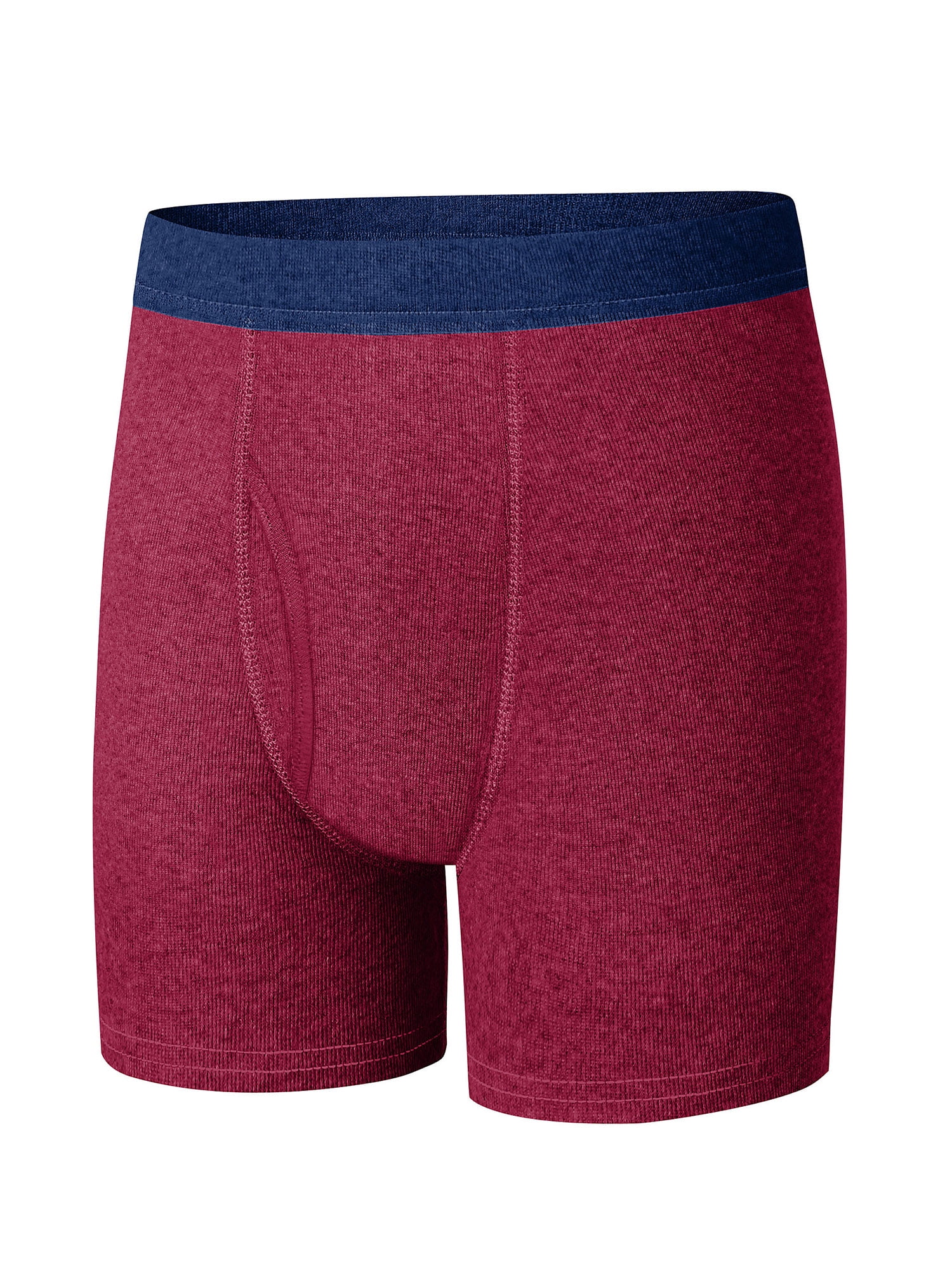
Conversely, some types of underwear can be worn for sexual titillation, such as edible underwear or crotchless panties. Underwear may also be used to preserve the wearer's modesty – for instance, some women wear camisoles and slips ( petticoats) under clothes that are sheer. In cold climates, underwear may constitute an additional layer of clothing helping to keep the wearer warm. Women may wear sports bras which provide greater support, thus increasing comfort and reducing the chance of damage to the ligaments of the chest during high-impact exercises such as jogging. For additional support and protection when playing sports, men often wear more tightly fitting underwear, including jockstraps and jockstraps with cup pocket and protective cup. A corset may be worn as a foundation garment to provide support for the breasts and torso, as well as to alter a woman's body shape. Women's brassieres provide support for the breasts, and men's briefs serve the same function for the male genitalia. They keep outer garments from being soiled by perspiration, urine, semen, pre-seminal fluid, feces, vaginal discharge, and menstrual blood. Underwear is worn for a variety of reasons. Terms for specific undergarments are shown in the table below. They also are called intimate clothing and intimates.Īn undershirt ( vest in the United Kingdom) is a piece of underwear covering the torso, while underpants (often called pants in the United Kingdom), drawers, and undershorts cover the genitals and buttocks. Women's undergarments collectively are also called lingerie. In the United States, women's underwear may be known as delicates due to the recommended washing machine cycle or because they are, simply put, delicate. Underclothes, underclothing and underwear are formal terms, while undergarments may be more casually called, in Australia, Reg Grundys ( rhyming slang for undies) and Reginalds, and, in the United Kingdom, smalls (from the earlier smallclothes) and (historically) unmentionables.

Undergarments are known by a number of terms. Items worn by both sexes include T-shirts, sleeveless shirts (also called singlets, tank tops, A-shirts, or vests), bikini underpants, thongs, G-strings and T-fronts. Undergarments commonly worn by females today include bras and panties ( knickers in British English), while males often wear classic briefs, boxer briefs, or boxer shorts. Different styles of underwear are generally worn by females and males.

Undergarments are generally of two types, those that are worn to cover the torso and those that are worn to cover the waist and legs, although there are also underclothes which cover both. If made of suitable material or textile, some underwear can serve as nightwear or swimwear, and some undergarments are intended for sexual attraction or visual appeal. Some items of clothing are designed as undergarments, while others, such as T-shirts and certain types of shorts, are appropriate both as underwear and outerwear. Special types of undergarments have religious significance. In cold weather, long underwear is sometimes worn to provide additional warmth. They serve to keep outer clothing from being soiled or damaged by bodily excretions, to lessen the friction of outerwear against the skin, to shape the body, and to provide concealment or support for parts of it. Underwear, underclothing, or undergarments are items of clothing worn beneath outer clothes, usually in direct contact with the skin, although they may comprise more than a single layer. For the play, see Intimate Apparel (play).īoxer shorts and boxer briefs Panties or knickers


 0 kommentar(er)
0 kommentar(er)
